Most surfers know Bay Street beach for its easily-accessible, often fun waves. But on June 1 we’ll be celebrating more than just a sweet surf spot. We’ll be honoring the memory of Nick Gabaldon, an ocean pioneer, the first documented surfer of African American and Mexican descent. Aside from being where Gabaldon experienced the ocean for the first time, the site itself holds cultural significance as a shoreside haven for African Americans during the Jim Crow era.
Here, historian Alison Rose Jefferson shares her thoughts about the cultural complexities of Bay Street/Inkwell as an historical site.
On June 1 we celebrate our shared California seaside, cultural and historical heritage, and outreach to promote the joys of surfing and the beach, historical studies and ocean stewardship. This event is also a way of using historic preservation, nature conversation and environmental justice movement ideals to engage broader audiences in the preservation and ocean stewardship of our precious cultural, natural and historical heritage.
The City of Santa Monica officially recognized the historical African American beach gathering place controversially known as the “Inkwell” during the nation’s Jim Crow era and Nick Gabaldon, with a landmark monument at Bay Street and Oceanfront Walk on February 7, 2008. This site and Gabaldon were locally recognized for cultural and social history significance, rather than architectural or natural aesthetics significance.
This kind of designation infusing a cultural and natural resource site with complexities of human history and experiences strengthens both the historic preservation and nature conservation movements by giving them a critical dimension beyond beauty, rarity and environmental protection. From an environmental justice viewpoint, the inclusion of this history is symbolic of limited social change and pushes forth a sense of shared cultural belonging and common membership in American society that helps in forming a basis for social progress and action in the future.[i]
In the more recent decades, the historic preservation movement has reconsidered the definition of what is worth protecting. Now there is an understanding of a need for a definition going beyond architectural significance in the traditional sense. The movement has slowly acknowledged there are layers of history at sites that deserve recognition, even when those layers affect the original character of the building or there is no extant building.[ii]
Sense of place stories, intangible cultural heritage or social value are the “heritage” that makes many historic sites important to communities of color. These types of social value sites remain a tough sell in many circles of preservation, as well as nature conservation. In order for the historic preservation movement to be relevant in diverse communities, it is slowly finding its way towards more recognition and affirmation of such sites and landmarks.[iii]
The inclusion of the ethnic history such as that of the Inkwell and Nick Gabaldon in the cultural landscape of Santa Monica requires engaging the painful as well as the prideful aspects of the past. Place memory and stories, and human connection are entwined with the built and the natural environment, creating a repository of environmental memory at these cultural landscapes. The Inkwell/Gabaldon monument creates an identified sense of place and inclusive social history in the landscape, allowing for a more culturally inclusive, shared civic identity, and history encompassing public process and memory.[iv]
All this being said, there are still large influential segments of white America, even in Los Angeles County, that continue to have a problem dealing with an identity as a more diverse nation, and the loss of “whiteness” as a defining feature of the dominant group’s American identity. Further this group continues to lag at embracing painful aspects of the past and the breadth of human experience in the nation’s history as a more complex multiracial landscape to see a common destiny. Popular memory of many historical events and sites has proven difficult to extricate or add new information to, even with new scholarship and more enlightened historical and cultural site administrators who began work in the 1990s.
African Americans pioneered leisure in America’s “frontier of leisure” through their attempts to create communities and business projects, as Southern California’s black population grew during the nation’s Jim Crow era. With leisure’s reimagining into the center of the American Dream, black Californians worked to make leisure an open, inclusive, reality for all. They made California and American history by challenging racial hierarchies when they occupied recreational sites like the Bay Street/Inkwell site, and public spaces at the core of the state’s formative, mid-20th century identity.[v]
Black communal practices and economic development around leisure created these sites, marking a space of black identity on the regional landscape and social space. Through struggle over these sites, African Americans helped define the practice and meaning of leisure for the region and the nation, confronted the emergent power politics of leisure space, and set the stage for them as places for remembrance of invention and public contest.
At leisure and recreational spaces, systematized white racism in ethnically diverse Los Angeles was most consistently targeted at African Americans. Yet they proved this regional style of racism more readily challengeable than elsewhere in the country. From working class roots, Nick Gabaldon participated in the sport of surfing at this time when bigotry and prejudice where not far away on land or in the ocean. His courage and dedication have empowered many to pursue their passion of surfing and other human experiences. His and others actions are the local stories historians identify as “document[ing] a national narrative of mass movement to open recreational facilities to all Americans.” In reconsidering the formation of California’s leisure frontier, scholars have moved beyond examination of economic and political issues, to demonstrate how the struggle for leisure and public space also reshaped the long civil rights movement.[vi]
Strategies may vary, but both historic preservation and nature conservation movements focus on the fundamental need to keep all the unique and irreplaceable pieces of our heritage intact for all people to enjoy. The nature conservation movement’s engagement of broader and more culturally inclusive audiences can be enhanced by developing the cultural and historical heritage of natural sites such as the Inkwell to reach specific audiences and align with community values. Both movements must acknowledge that issues of race, diversity and social justices are entwined with heritage matters. Inclusion of the language of injustice, discrimination, inequity and racism in the natural, cultural and historic heritage discussion acknowledges the continuing struggle to totally dismantle these conditions, which in more places than some may want to recognize continues inhibiting communities of color from full civic participation, human experiences, and civil society entitlements.
The Nick Gabaldon Day beach celebration, and, the identification of the historical Bay Street/Inkwell beach site as a local landmark, and as a Heal the Bay/International Coastal Cleanup site opens the door towards environmental justice by recognizing that communities of color have a right to historical and cultural sites, along with clean air, water and enjoyment of America’s nature resources.
These broad public process activities bring the work of the historic preservation, nature conservation and environmental justice movements together, giving us an amazing opportunity for action, education, remembrance of our collective history and shared cultural identity, and, new ways to connect people with natural, cultural and historical heritage. United by our love of the ocean, we remember the past and move forward together as stewards of this precious environment and cultural touchstones.
–Alison Rose Jefferson is a doctoral candidate in Public History/American History at University of California, Santa Barbara and a consultant on Nick Gabaldon Day celebration, June 1, 2013 event. She is the author of “African American Leisure Space In Santa Monica: The Beach Sometimes Known as the ‘Inkwell.’” Southern California Quarterly, 91/2 (Summer 2009). Her website, “Celebrating the California Dream: A Look at Forgotten Stories” is at www.alisonrosejefferson.com.
To learn more about Nick Gabaldon’s legendary surfing athleticism and why he inspires many surfers of color and otherwise to consider him a role model, you can read the BlackPast.com encyclopedia entry entitled “Nick Gabaldon (1927-1951).”
Join us at the Nick Gabaldon Day, Saturday, June 1, 2013 celebration with the Black Surfers Collective, Los Angeles County Supervisor Mark Ridley-Thomas, the Santa Monica Conservancy, the Surf Bus Foundation, among others.
[i] Delores Hayden, The Power of Place, Urban Landscapes as Public History (Cambridge, MA: The MIT Press), 8-9; Ned Kaufman, Place, Race, and Story, Essays on the Past and Future of Historic Preservation (New York: Routledge Taylor & Francis Group), 307.
[ii] Stephanie Meeks, “Sustaining The Future,” California Preservation Foundation Conference: Preservation on the Edge, Santa Monica, California, May 16, 2011, 5-7.
[iii] Ibid., Meeks, 6; Kaufman, 2-5, 12-13, 326; Hayden, 7-13, 15, 22, 46-48, 54.
[iv] Ibid., Hayden, 11, 227.
[v] Lawrence Culver, The Frontier of Leisure, Southern California and the Shaping of Modern America (New York, NY: Oxford University Press), 1-14.
[vi] Culver, 66; Victoria C. Wolcott, Race, Riots, and Roller Coasters, The Struggle over Segregated Recreation in America (Philadelphia, PA: University of Pennsylvania Press, 2012), 2-3, 6; Jacquelyn Dowd Hall, “The Long Civil Rights Movement and the Political Uses of the Past,” Journal of American History 91, 4 (March 2005): 1-28.
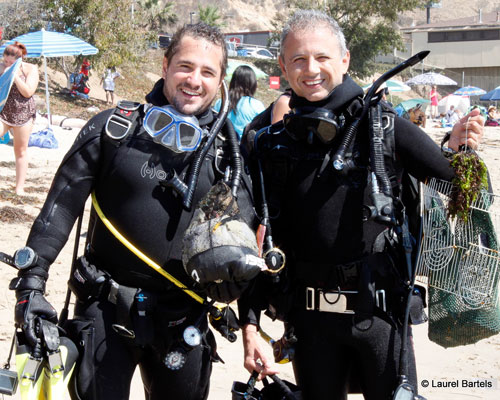 6. Get ready for the LA City Bag Ban at all sites by earning a free reusable bag at all City of LA clean-up locations.
6. Get ready for the LA City Bag Ban at all sites by earning a free reusable bag at all City of LA clean-up locations.


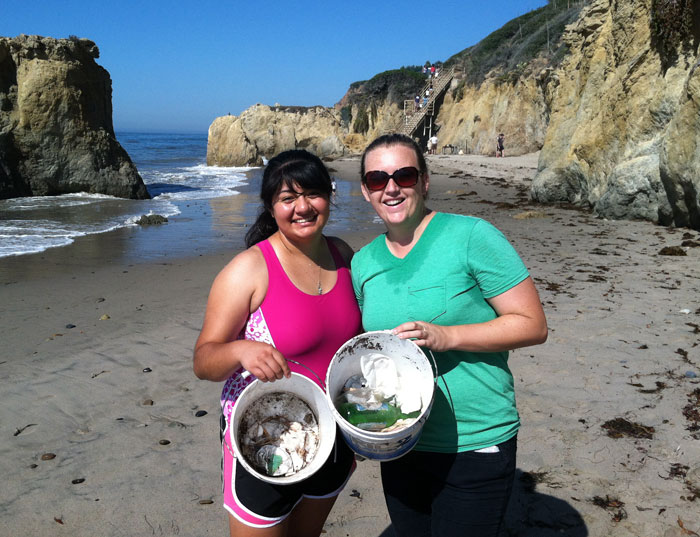
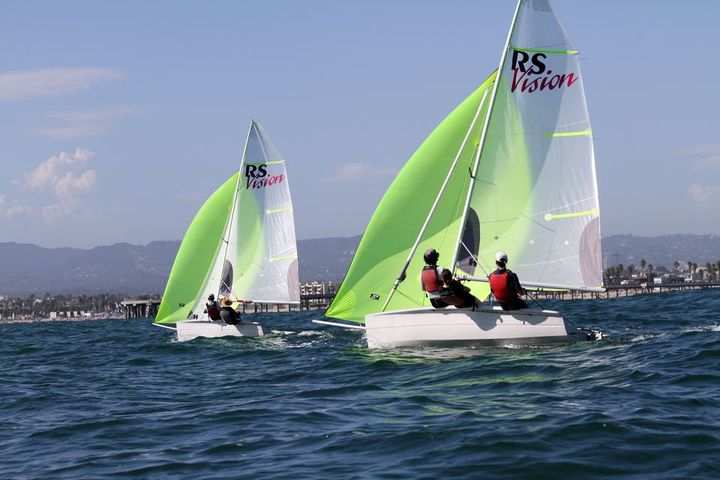
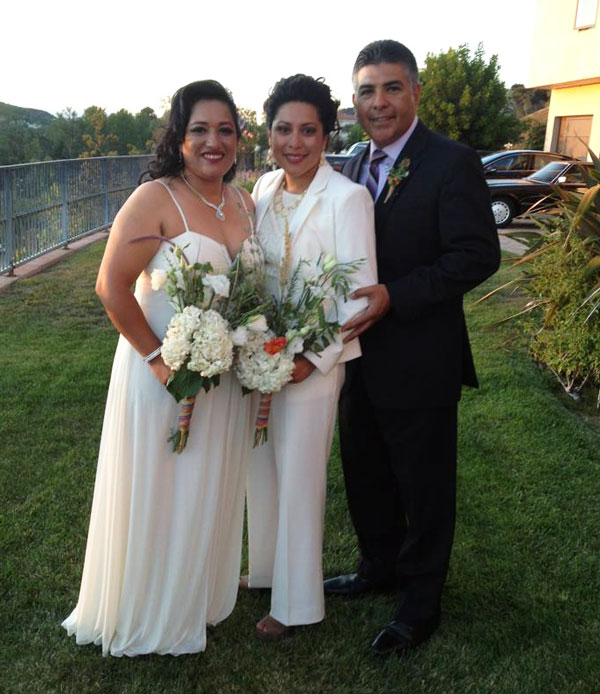

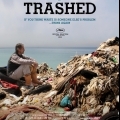 one following the migration of rubbish, the tons of waste that goes unaccounted for each year. Irons serves as the film’s chief investigator as well as the executive producer.
one following the migration of rubbish, the tons of waste that goes unaccounted for each year. Irons serves as the film’s chief investigator as well as the executive producer.